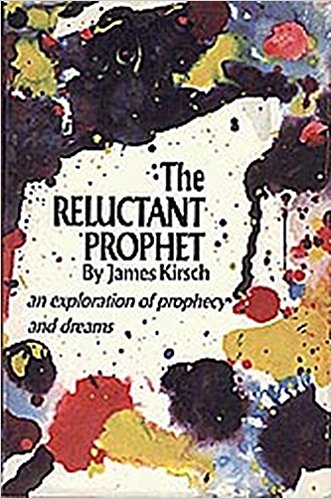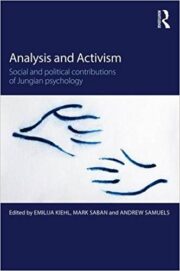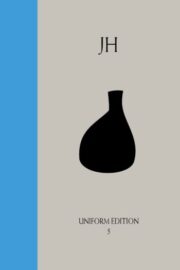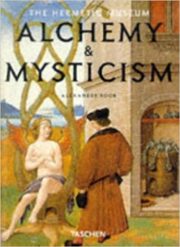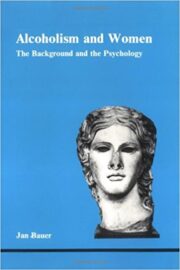Description
The events in Germany from 1933 to 1945 have shaken the world, and especially the Jewish people, to their fundaments. The great holocaust that spread throughout Europe came as such a surprise that even while the terror was following its cruel path, many Jews did not believe what was actually happening. Many did not try to escape when the time and opportunity would have allowed it. In contrast, there are historians today who, describing the psychological, economic, political, and social conditions of Central Europe between the two world wars, find that the tragedy was predictable and inevitable. If one compares these two attitudes – the blindness of the victims in Germany and the clear-sightedness of later historians – one wonders if in fact an event of such magnitude had been foreseen by sensitive men. The truth is, there were such men who, long before the catastrophe occurred, raised their warning voices. They were not well known men, or men of great authority, to whom it would have been natural to listen. One of them was an orthodox rabbi in a small Bavarian town. In 1881 Rabbi Elchanan Pinchas Moshe Haim, called Reb Hile Wechsler, published an anguished and strange brochure, A Word of Warning, which told of a forthcoming catastrophe that in its horror and totality of destruction could only be compared to Noah’s flood.
Now that Jewish communities have vanished from many European countries, we can realize that Wechsler’s document of prophecy is an important psychological find, and is rich in implication. This tragic tapestry is rich in myth, symbol, and historical relevance and deserves a close study. The prophecy came true, but was the rabbi a true prophet? Why did no one listen to him? Why did he feel compelled by his dreams to write about and publish them, no matter how much he would be ridiculed or subjected to contempt? James Kirsch, a distinguished scholar, original thinker, and noted Jungian analyst, takes on the rabbis manuscript, his dreams and the far-reaching scope of prophetic symbols, breathes excitement and relevance into them, and provides a meaningful study that touches our history, our dreams, and our art.
